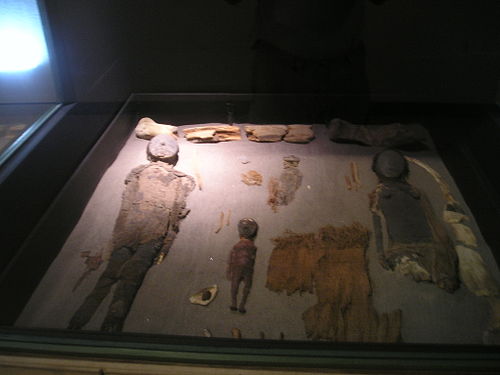by MICHAEL FOX

Seven thousand years ago, the Chinchorro people, along the Pacific coast of South America, began to mummify their dead. Their bodies remain hidden in the desert. This is episode 41 of Stories of Resistance.
Here on these barren desert hillsides along the Pacific coast of South America, no trees grow.
No shrubs. No cacti. No green.
The dry brown earth and the desert sand stretches as far as you can see, rolling into the Ocean. But this barren landscape preserves life, as it has for thousands of years.
Nine thousand years ago, communities of peoples lived on the hillsides here. They were semi-nomadic. Fisherfolk. They survived off of the ocean from the abundant seafood and fish.
Their water came from the nearby Camarones River, which poured down from the Andes Mountains, like a vein from the gods, transforming its meandering path into a fertile river valley.
This was one of the homes of the Chinchorro people. But here, alongside the refreshing cool waters of the Pacific Ocean and under the neverending blue sky, the Chinchorro suffered.
Miscarriages were common. Birth defects. They watched their babies die before they even took their first breaths.
The elders, the women and men, feared for future generations.
And it was this, the experts say, that led the Chinchorro mothers to mummify their first deceased babies roughly 7,000 years ago. To try to hold on to them.
“It’s like you’re still here. You’re still with me. And I want you to stay. Even though you can’t speak, you’re still with us,” says archeologist Jannina Campos.
They removed the organs and covered the skeletons with wood, mud, earth, and clay. Then they gave their mummies a mask. Tiny eyes, nose, and a mouth. A mask that still seems to speak thousands of years later. A mask that seems to reach into their very souls and connect these people into the present.
The Atacama Desert — the driest in the world — would preserve their bodies perfectly until today.
The Real News for more
